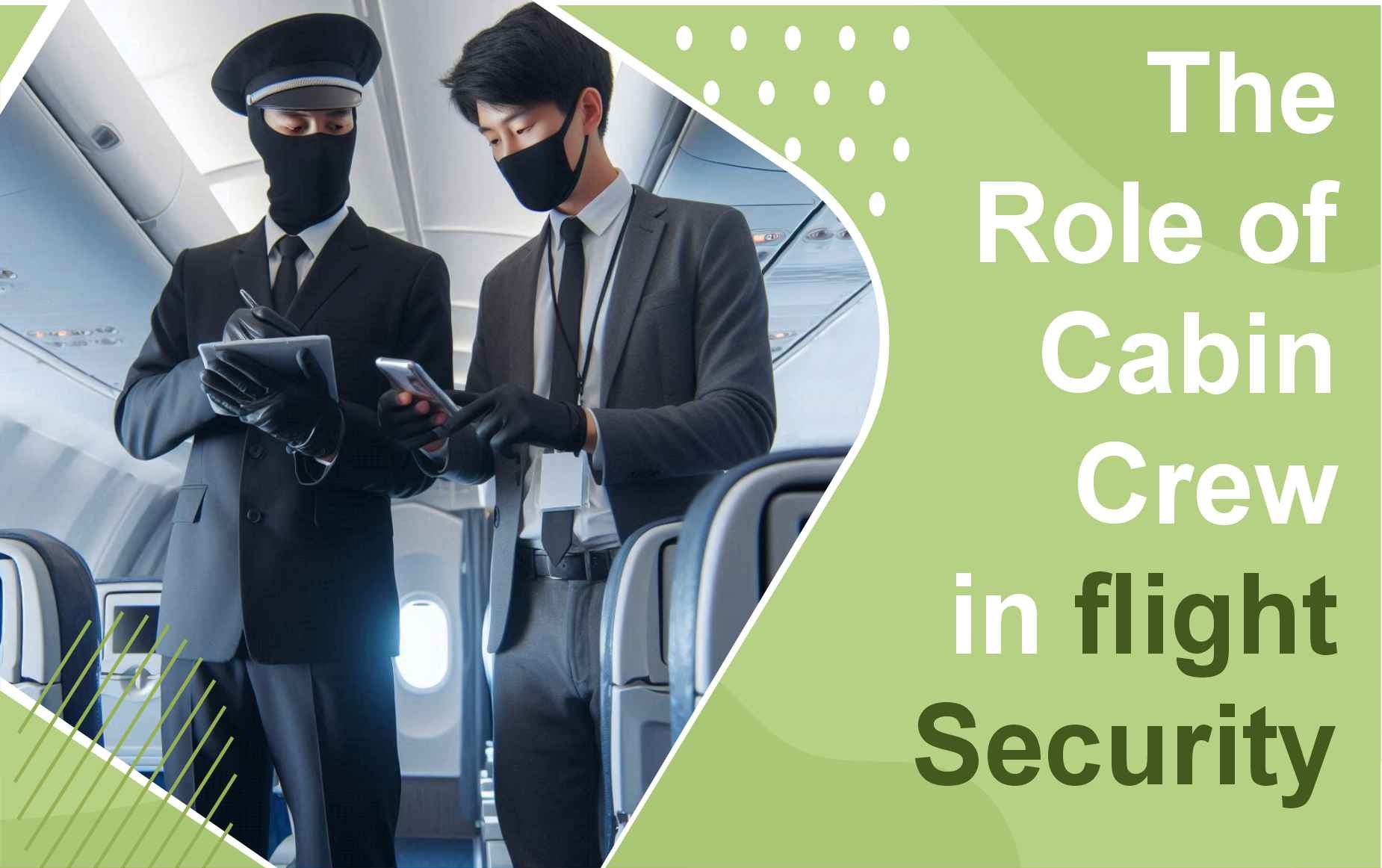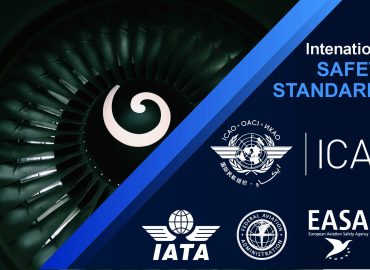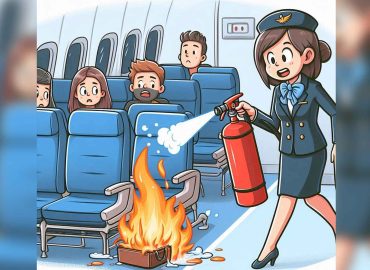- By Ali
- June 9, 2024
- Comments (0)
Cabin crew members play a pivotal role in ensuring the safety and security of passengers during flights. Their responsibilities extend far beyond providing in-flight service; they are trained professionals dedicated to maintaining a secure environment throughout the journey. Here’s a detailed look at how cabin crew contribute to flight security.
1. Comprehensive Safety Training
Cabin crew members undergo rigorous training to prepare for various safety scenarios. This training includes:
- Emergency Procedures: Crew members are trained to handle emergencies such as fires, medical incidents, and evacuations. They learn to operate safety equipment like oxygen masks, life vests, and fire extinguishers.
- First Aid and CPR: Training in first aid and CPR enables cabin crew to respond effectively to medical emergencies, providing initial care until professional medical assistance is available.
- Security Protocols: Understanding and implementing security measures to prevent and respond to potential threats, including handling disruptive passengers and identifying suspicious behavior.
2. Pre-Flight Security Checks
Before passengers board the aircraft, cabin crew conduct thorough security checks to ensure everything is in order:
- Cabin Inspection: Checking for any unauthorized items or potential hazards in the cabin, galleys, and lavatories.
- Safety Equipment Verification: Ensuring all safety equipment is present, functional, and accessible.
- Passenger Verification: Collaborating with ground staff to verify passenger identities and ensure all boarding passes are checked and accounted for.
3. Monitoring Passenger Behavior
During the flight, cabin crew members continuously monitor passenger behavior to maintain a secure environment:
- Observing for Anomalies: Keeping an eye out for unusual or suspicious behavior that could indicate a security threat.
- Managing Disruptive Passengers: Addressing and de-escalating situations involving unruly or aggressive passengers to maintain order and safety.
- Communication: Maintaining clear and constant communication with the flight deck and other crew members to report any concerns or incidents promptly.
4. Handling In-Flight Emergencies
In-flight emergencies require immediate and effective action from cabin crew members:
- Medical Emergencies: Providing first aid, administering medications, and coordinating with medical professionals on the ground or among passengers.
- Evacuations: Leading passengers to safety during emergency landings or evacuations, using pre-established protocols and ensuring orderly and efficient exits.
- Fire Management: Quickly identifying and extinguishing fires, ensuring passenger safety, and preventing further hazards.
5. Post-Flight Procedures
Cabin crew responsibilities continue even after the flight lands to ensure ongoing security:
- Debriefing: Reviewing the flight with the captain and other crew members to discuss any incidents or areas for improvement.
- Assisting with Security: Ensuring passengers disembark in an orderly manner and checking the cabin for any items left behind that could pose a security risk.
- Preparing for the Next Flight: Conducting another round of security checks and ensuring the aircraft is secure and ready for its next journey.
Conclusion
The role of cabin crew in ensuring a secure flight environment is multifaceted and crucial. Their comprehensive training, vigilance, and quick response to emergencies play a vital part in maintaining the safety and security of all passengers and crew members. By executing their duties with precision and care, cabin crew members contribute significantly to the overall security of air travel, providing peace of mind to travelers around the world.



